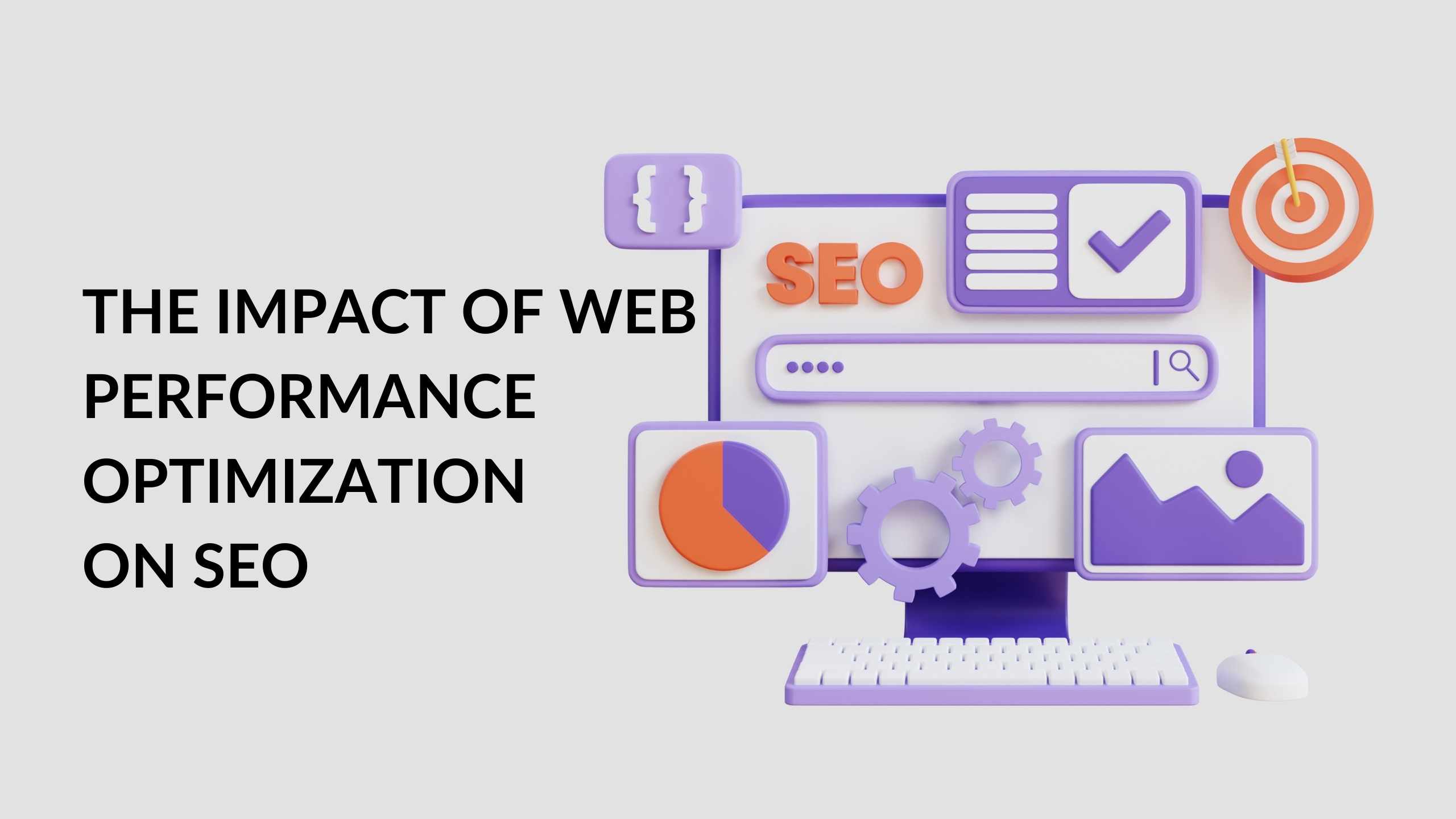News Blast
Stay updated with the latest happenings around the world.
Web Performance: Speed Dating Your Users
Boost your website's speed and keep users coming back! Discover essential tips for optimal web performance in our latest blog post.
5 Essential Tips for Optimizing Web Performance
Optimizing web performance is crucial for delivering a seamless user experience and improving your site's search engine rankings. Here are five essential tips to help you enhance your website's performance:
- Optimize Images: Large image files can significantly slow down your site. Ensure images are compressed and use appropriate formats such as JPEG for photographs and PNG for graphics with transparency.
- Minimize HTTP Requests: Reducing the number of elements on your page, such as scripts and stylesheets, can minimize the HTTP requests required to load your site. Consolidate CSS and JS files whenever possible.
Continuing on our journey to better web performance, consider these additional tips:
- Enable Browser Caching: Utilize browser caching to allow users' browsers to store frequently accessed files, which speeds up loading times on subsequent visits.
- Implement a Content Delivery Network (CDN): A CDN can distribute your content across multiple servers worldwide, ensuring faster delivery based on the user's location.
- Minify CSS, JavaScript, and HTML: By removing unnecessary characters from your code, you can reduce file sizes and improve loading speed.

Is Your Website Speed Dating or Ghosting Users? Key Metrics to Monitor
In the fast-paced digital world, your website's performance can be the difference between speed dating and ghosting potential users. If your site loads slowly, visitors are likely to bounce within seconds, leaving you to wonder why your audience isn't engaging. Key metrics to monitor include page load time, which should ideally be under three seconds, and first contentful paint (FCP), indicating how quickly users see meaningful content. Utilize tools like Google PageSpeed Insights to track these metrics and pinpoint areas for improvement.
Another crucial aspect to consider is time to interactive (TTI), which measures when your website becomes fully functional for users. A long TTI can frustrate visitors, making them feel unheard—akin to ghosting. Additionally, monitoring server response time and bounce rate can provide valuable insights into user experience. By regularly assessing these metrics, you ensure that your website is not just attracting visitors, but engaging them effectively, transforming fleeting encounters into lasting relationships.
The Impact of Web Performance on User Engagement: Why Speed Matters
The speed of a website plays a crucial role in shaping user engagement and overall satisfaction. Studies show that a mere one-second delay in page load time can lead to a significant decrease in conversion rates. Moreover, users have come to expect instantaneous access to information; thus, a slow website can deter them from returning. As a result, businesses must focus on optimizing web performance to not only retain visitors but also improve their search engine rankings. This can be achieved through various methods, including image optimization, minimizing server response times, and leveraging browser caching.
In today's fast-paced digital landscape, user engagement relies heavily on how quickly a website loads. Engaging content can easily go unnoticed if it is tucked behind slow loading times. According to research, a fast-loading site not only attracts more visitors but also encourages users to browse multiple pages, enhancing their overall experience. To measure the impact of web performance, companies can utilize tools like Google PageSpeed Insights, which provide actionable feedback and highlight areas for improvement. Investing in web performance is essential for businesses aiming to cultivate a loyal audience and maintain a competitive edge.